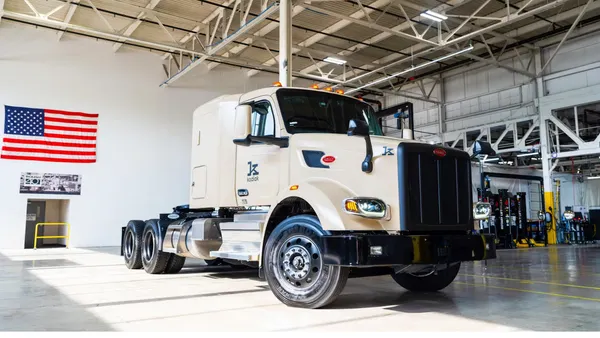Dive Brief:
- As several large companies call employees back to the office, 2 out of 3 managers surveyed this summer by Robert Half said they would be willing to increase salaries for new hires who work in an office, according to the firm’s recently published 2025 Salary Guide.
- Of the employers who would pay a return-to-office premium, 59% said they would pay up to 20% more for workers to come in between 4 and 5 days per week. Robert Half noted that meeting candidates’ pay expectations was the biggest hiring challenge for nearly half of employers surveyed.
- While the firm said employers should be more open to in-office work, it also recommended that they comprehensively evaluate their pay packages including benefits, perks and opportunities to ensure better work-life balance.
Dive Insight:
Last year, a Resume Builder survey showed that the majority of employers planned to implement RTO policies by the end of 2024. The arrival of Q4 has seen that prediction play out to some extent, with big names like Amazon calling employees back into the office despite employee backlash.
Even if other companies are slow to join the RTO trend, other research shows they may not be far behind in doing so. KPMG found in a recent survey that 83% of global CEOs predicted that companies would return to fully in-office work within the next three years, which was up from 64% of CEOs who said the same in KPMG’s 2023 survey.
Still, those decisions could come at a cost. A May report by Resume Builder found that 80% of employers said they had lost talent because of RTO policies. HR professionals have long known about the potential pitfalls of RTO; a late 2022 NORC at the University of Chicago survey found that 54% of HR professionals cited the transition from remote work back to the office as a retention issue.
Extra pay for in-office work has previously been floated as a strategy for employers to pursue, but sources who previously spoke to HR Dive said that what an employee contributes in their roles is often more relevant to compensation plans than where he or she works.
There are other considerations for employers when making pay decisions centered around RTO. One, for example, is that physically getting to offices is not always an easy task for people who do not own a car or cannot drive, especially in the U.S, highlighting the need for benefits or flexibility that can help retain such talent. Additionally, some perceive a gender divide in terms of who benefits most from in-office work, according to a 2023 Lean In and McKinsey report.














